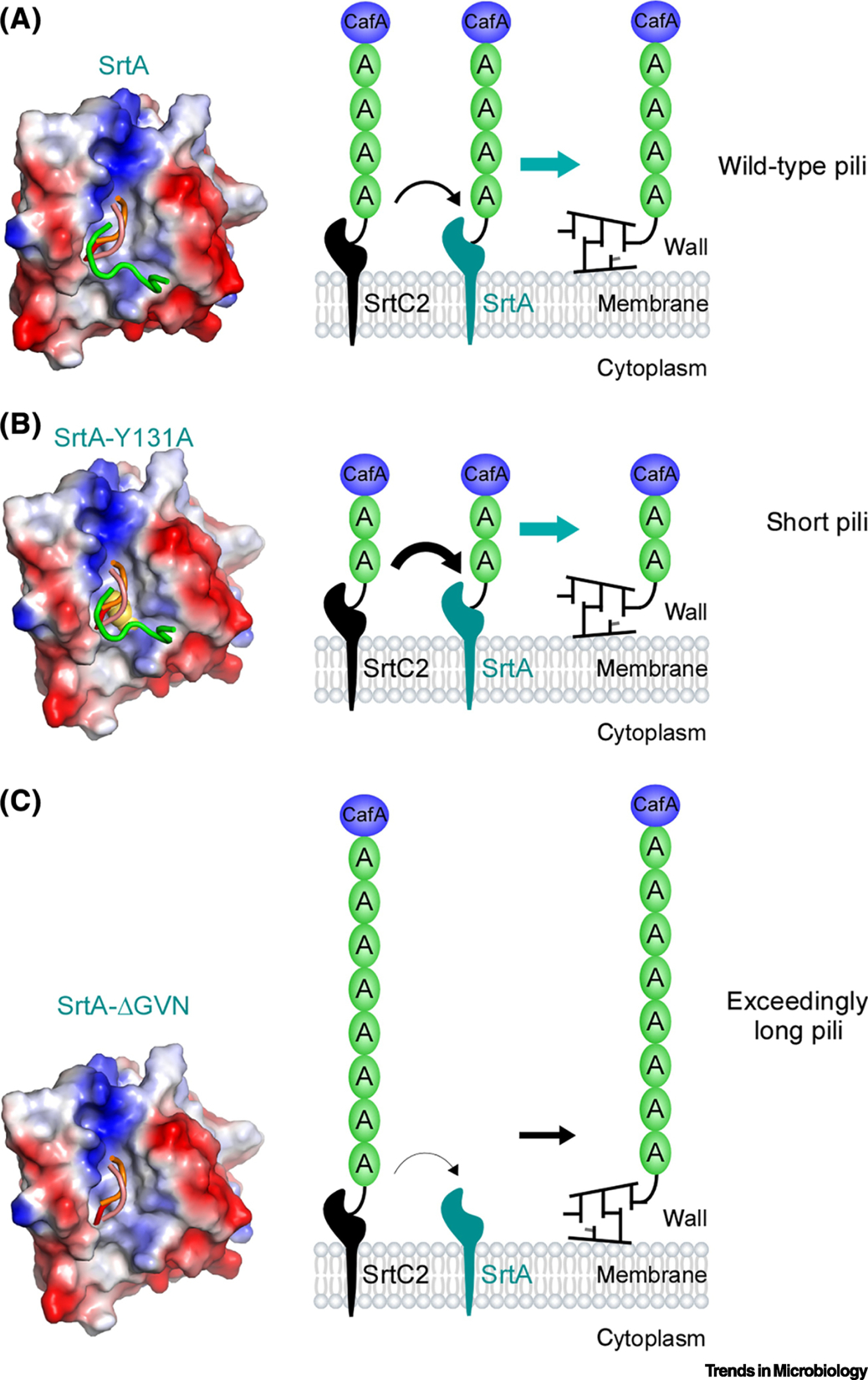Figure 3: A model of pilus length modulated by sortase enzymes in Actinomyces oris.

X-ray crystallization revealed the structural features of the housekeeping sortase SrtA: The tyrosine residue Y131 and the tripeptide loop GVN. (A) In the wild-type MG1, balanced activities of the pilus-specific sortase SrtC2 and the housekeeping sortase SrtA produce type 2 fimbriae with typical length. (B) Alanine-substitution of Y131 enhance SrtA sortase activity for the LPLTG motif of FimA, interfering with pilus polymerization, resulting in premature cell wall anchoring of short pili. (C) Mutation or deletion of the GVN loop reduces SrtA preference for the LPLTG motif of FimA, leading to continuous polymerization by SrtC2 and generating exceeding long fimbriae that can be anchored to the cell wall by this pilus-specific sortase enzyme; reproduced from Chang et al [60].
